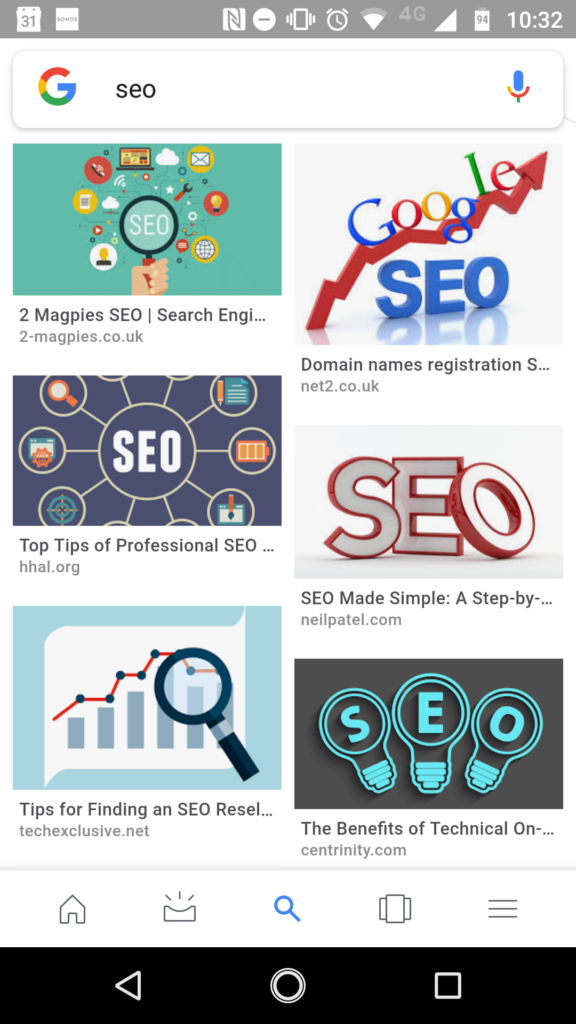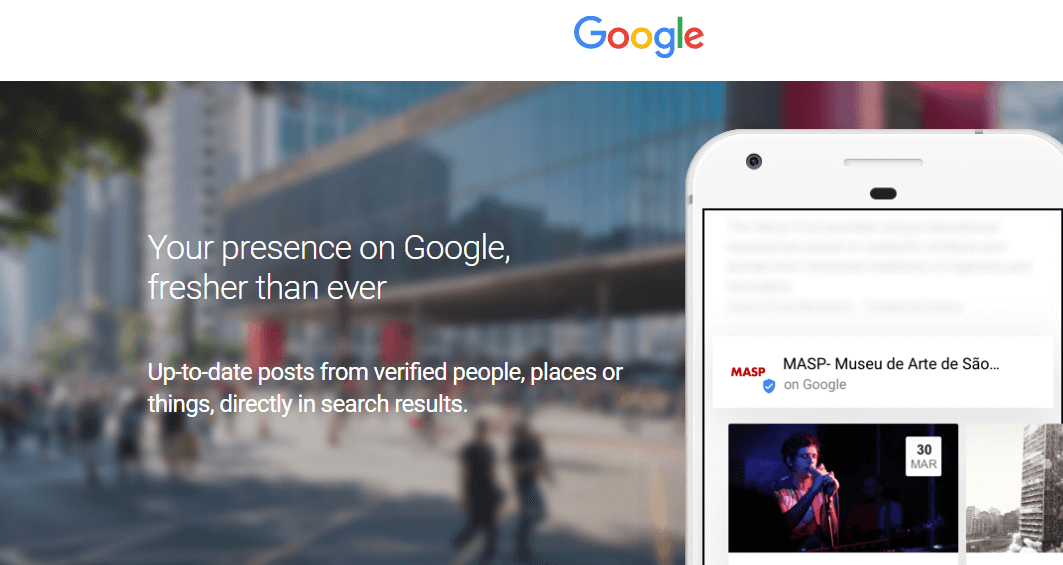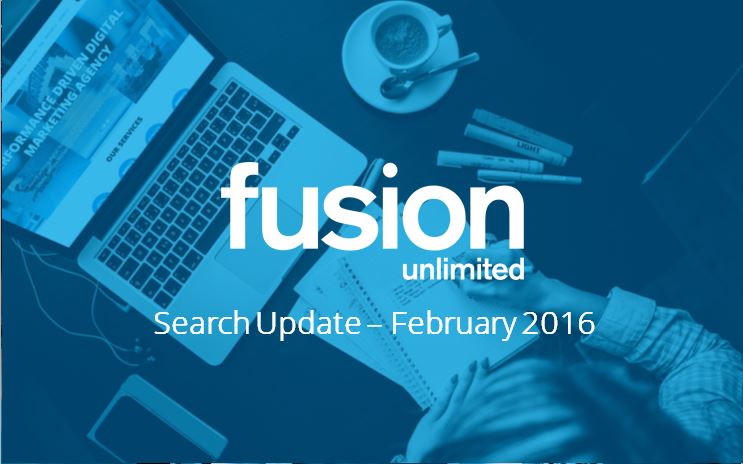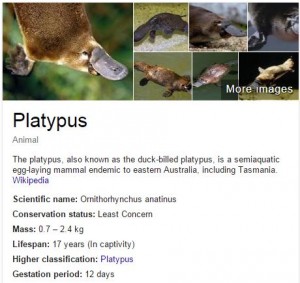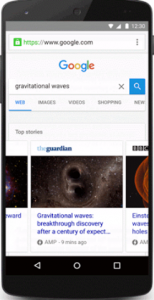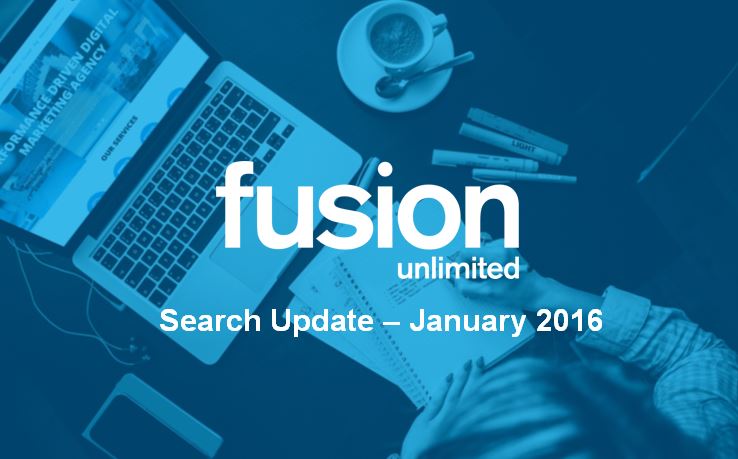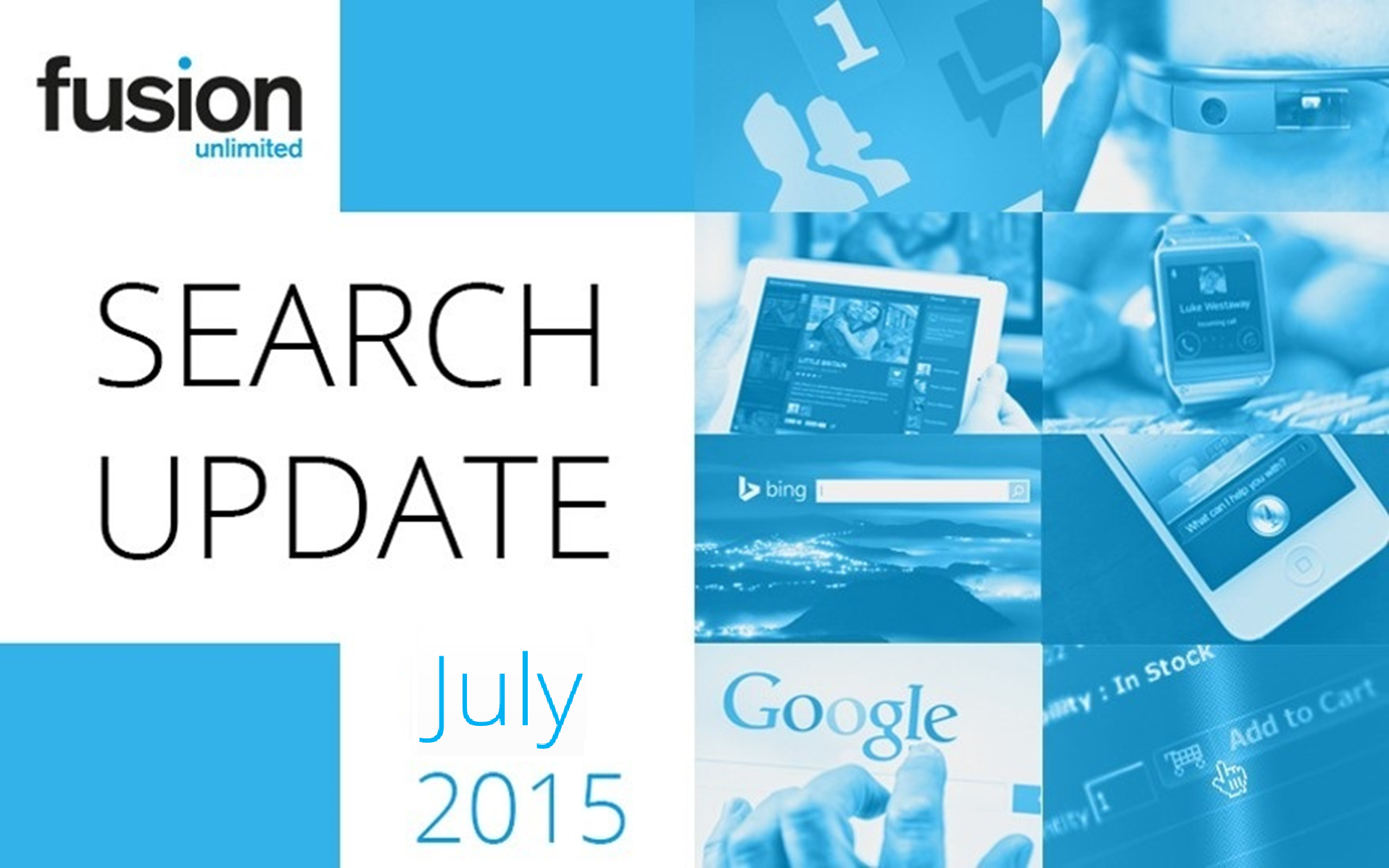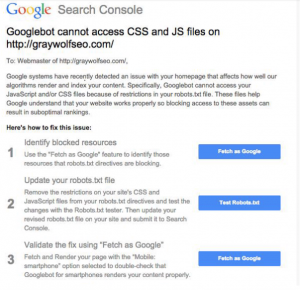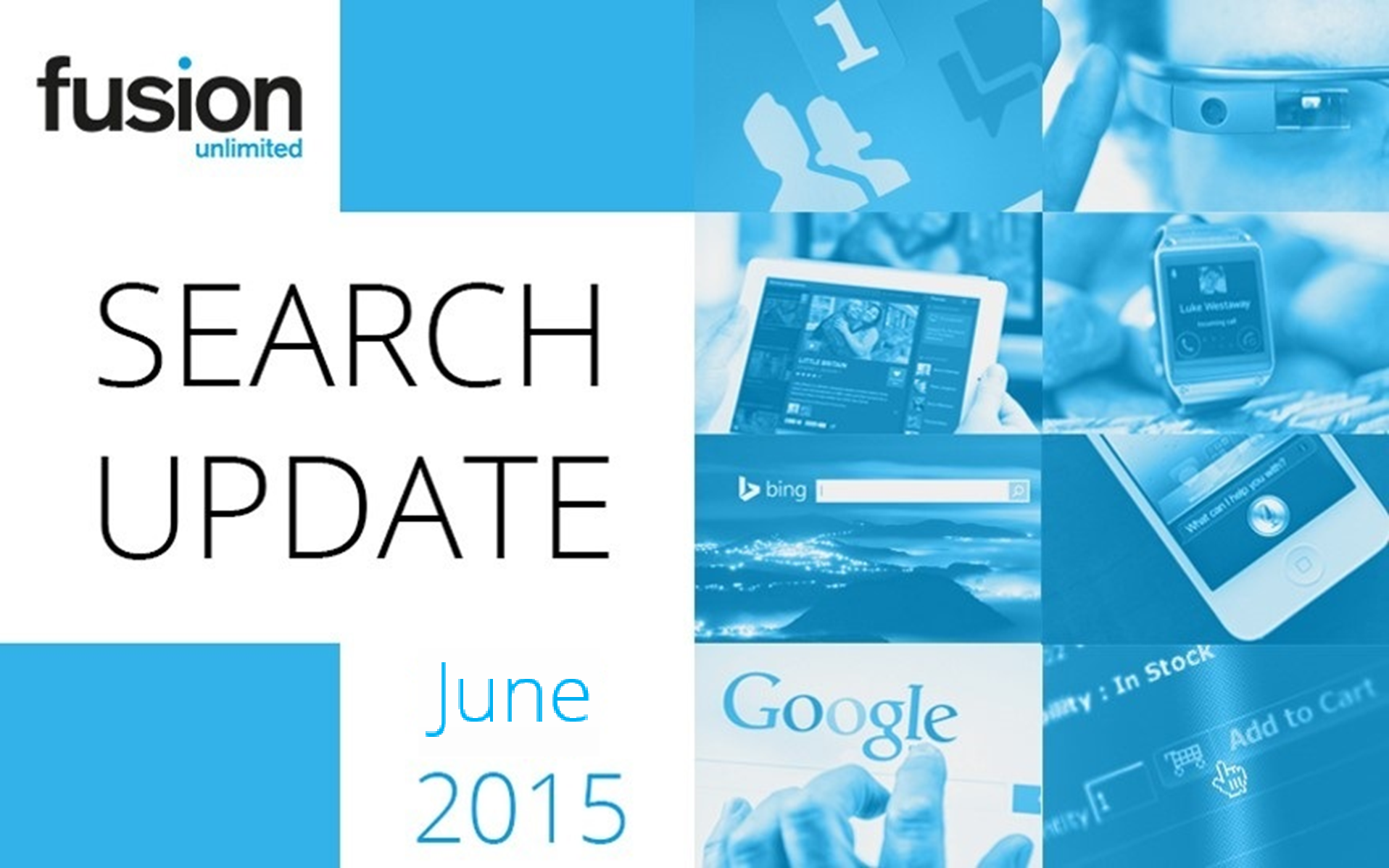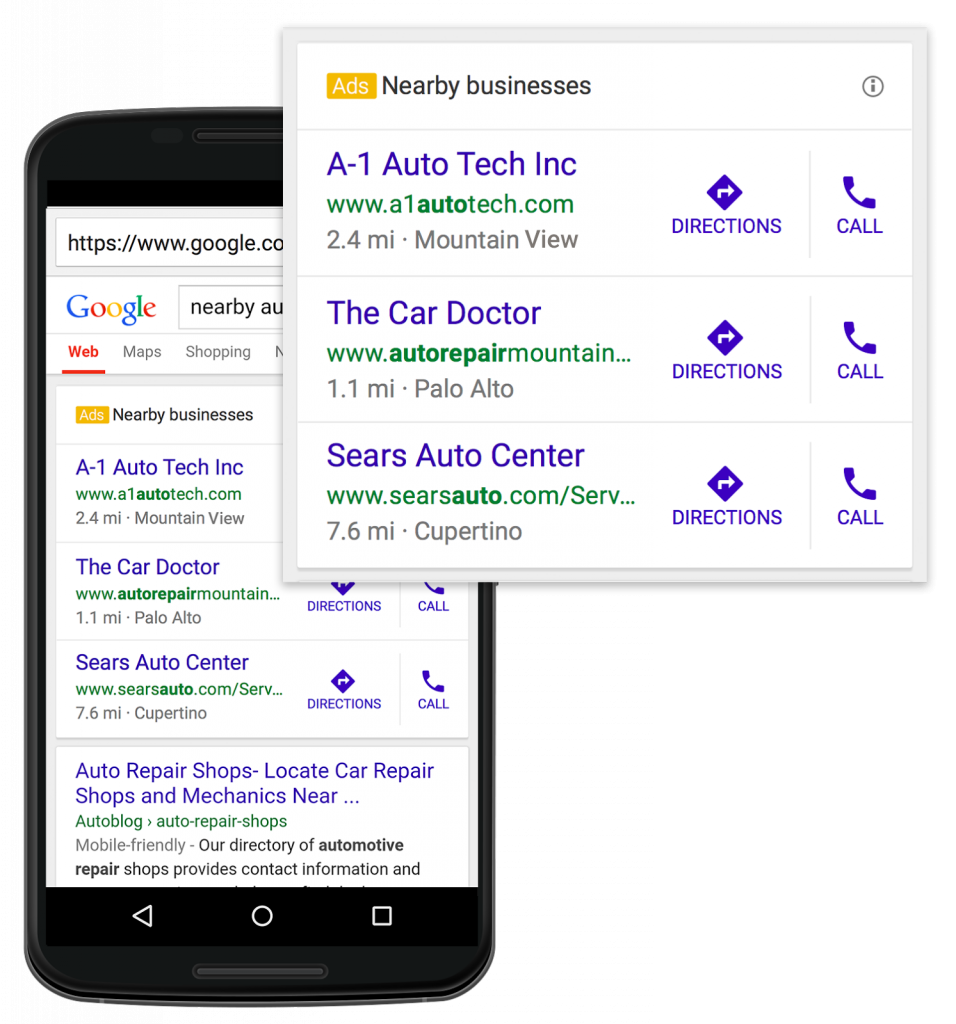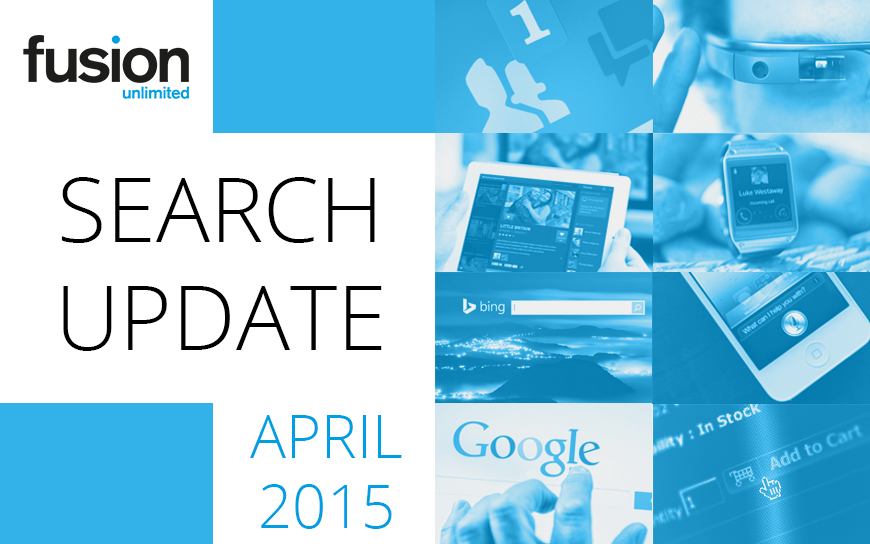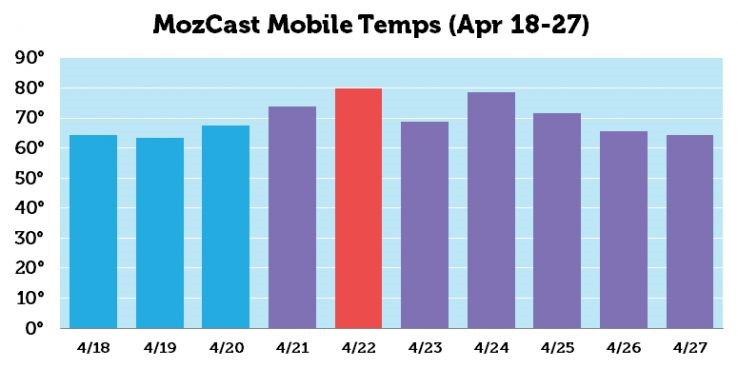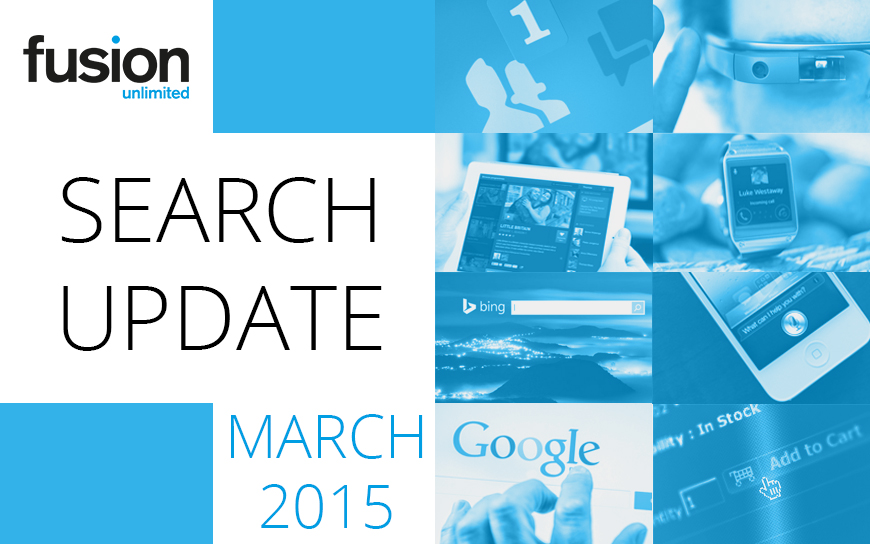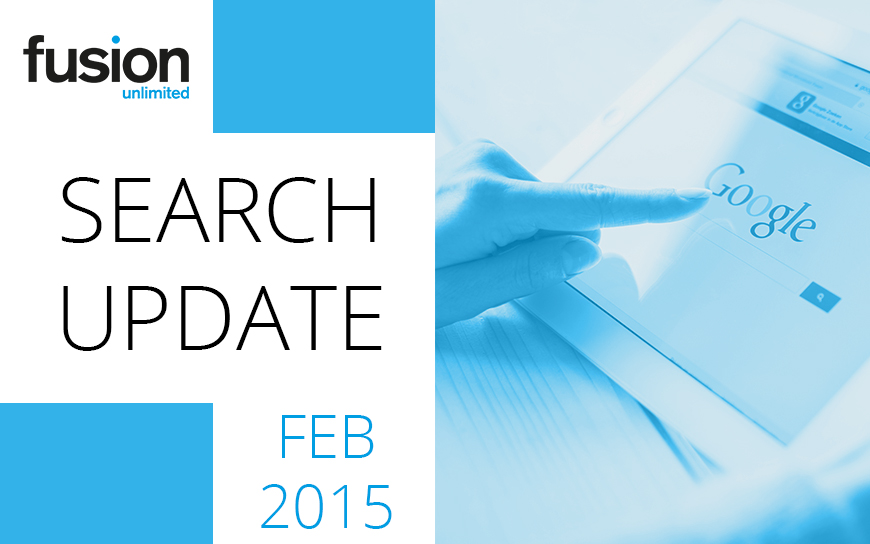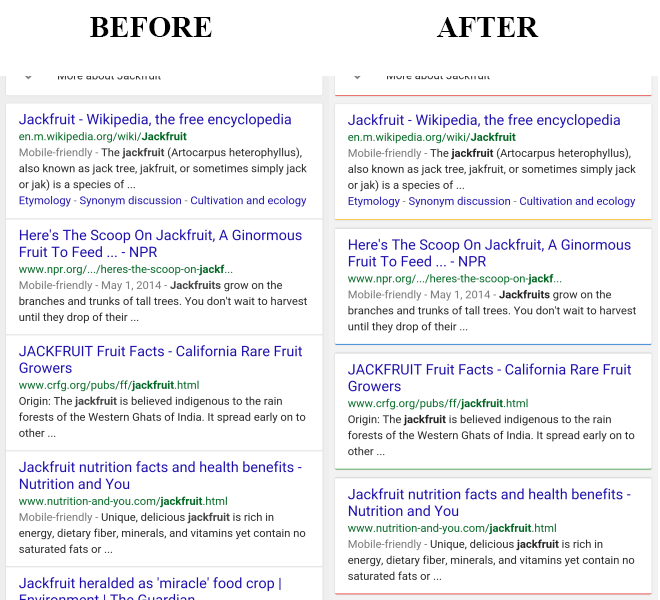Google on Updates and the importance of Quality Content
What’s the story?
A lot of us have experienced the frustration of clicking on a website that appears to have exactly what we are looking for but turns out not to meet our expectations. This could be content that lacks the specific insight you are needing, or even worse – content that could be considered clickbait.
While it isn’t a new concept, in recent years Google has been proactive in its efforts to improve the quality of content served to users. Since last year, numerous updates search updates have been released, such as the ranking better quality product review content which sought to make it easier for searchers to find useful, helpful and relevant content.
Last month, Google rolled out a ‘helpful content update’ (which is now fully rolled out) whose goal is to track content written to specifically rank well on search engines but has no actual value for people – in other words, poor content designed to manipulate search engines.
“The helpful content update aims to better reward content where visitors feel they’ve had a satisfying experience, while content that doesn’t meet a visitor’s expectations won’t perform as well.”
Based on their research, Google confirmed that the ‘helpful content update’ will “especially improve results related to online education, arts and entertainment, shopping and tech-related content.”
What this means for you.
This update may not directly affect your industry and if the content you create is people-first – i.e., “content where visitors feel they’ve had a satisfying experience” – not much action is required. Furthermore, answering yes to the below questions should alleviate any concerns regards people-first content and whether you are on the right track with your approach:
- Are there prospects or existing audiences for your business or website that would find the your content useful/ helpful if they landed directly to you?
- Does your content show first-hand experience and depth of understanding (for instance, experience gained from actually using a product or service or visiting a place)?
- Do you have a main goal or emphasis for your website?
- Will a reader believe they have learnt enough about a subject after reading your content to aid in achieving their goal?
- Will someone who reads your content come away from it feeling satisfied?
- Are you following our recommendations for both core updates and product reviews?
Naturally, if ever unsure or need further clarity always refer to Google’s guidelines.
Google Search Console Video Index Report
What’s the story?
Due to the growth of video creation and consumption on the net, Google decided to launch a video index report within search console to help site owners better understand the performance of video content on Google search, as well as identify possible areas of improvement for that content.
This roll out started in July and is now 100% live as of the 22nd August.
https://twitter.com/googlesearchc/status/1561640838471499776?ref_src=twsrc%5Etfw%7Ctwcamp%5Etweetembed%7Ctwterm%5E1561640838471499776%7Ctwgr%5E6c88e4543600169cd8cb7e1d7d565a19acfe1db8%7Ctwcon%5Es1_&ref_url=https%3A%2F%2Fsearchengineland.com%2Fgoogle-search-consoles-video-indexing-report-now-live-for-all-387366
What this means for you.
The video indexing report ultimately helps you track the status of video indexing on your website and helps to answers the following questions:
- In how many pages has Google identified a video?
- Which videos were indexed successfully?
- What are the issues preventing videos from being indexed?
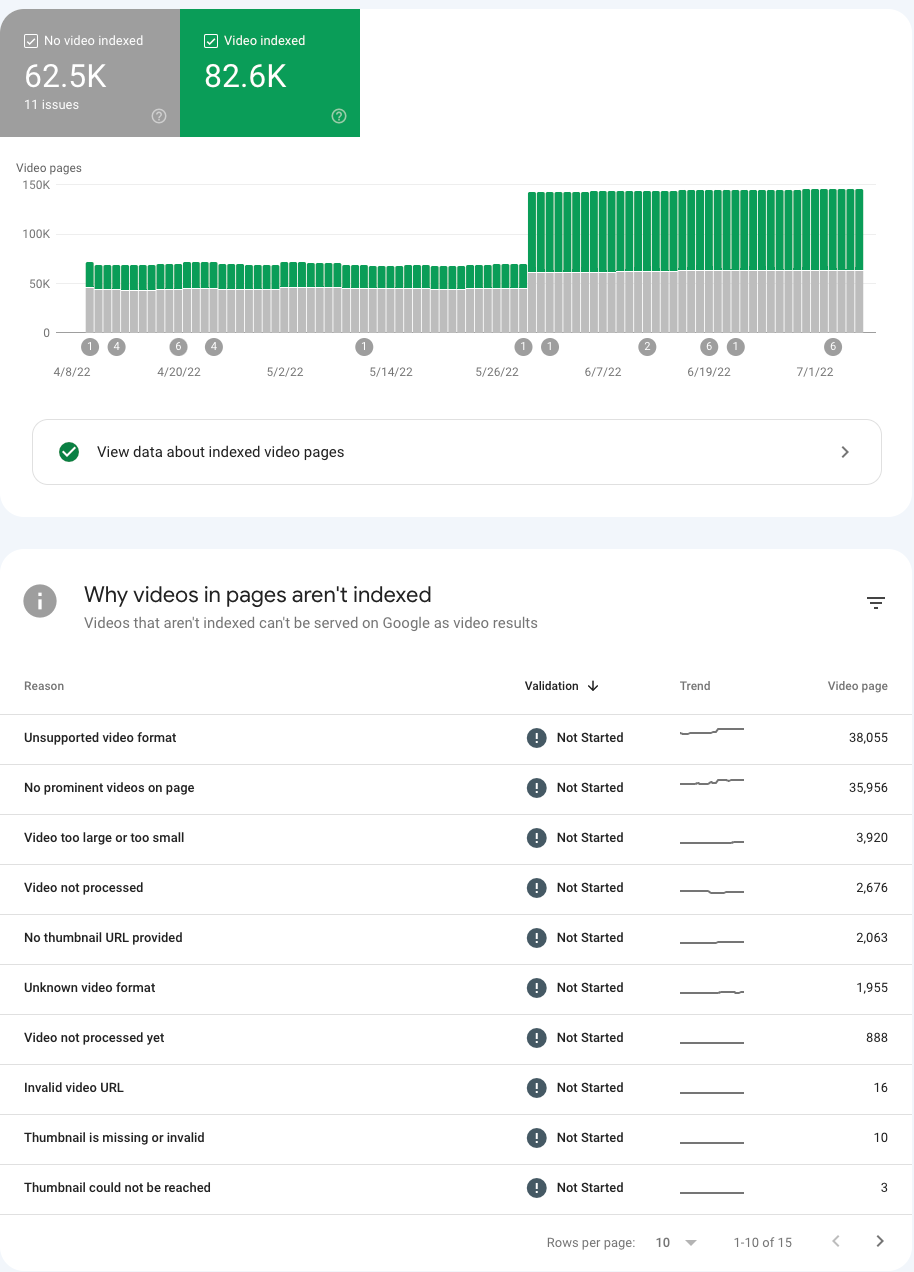
Bear in mind, however, that the Video Indexing report is different from the Video Rich results report. The differences are outline below:
- Video Indexing Report refers to video indexing despite any video structured data.
- Video Rich results report – provides information on which Video structured data items are valid or invalid on a website.
Google Search Console: Updated issue categorization
Google search console has been changed in terms of how URLs or items are classified within many reports.
We're simplifying the way we classify pages, items, and issues in Search Console reports. We hope this will help you focus on critical issues that affect your visibility in Search, and will help you better prioritize your work. Learn more at https://t.co/17fv54LhCb pic.twitter.com/8qnwX3kZ6X
— Google Search Central (@googlesearchc) June 15, 2022
Instead of URLS being grouped at the top level by three (in some cases more) statuses – e.g., Valid, Warning, and Error, categories are now grouped into two statuses (i.e., valid or invalid) – “where invalid means that there is a report-specific critical issue in the page or item, and not invalid means that the item might still contain warnings but has no critical issues”. This should, in practice, help Search Console users focus more on critical issues.
Despite this change, search console still categorises singular issues such as error, warning, or good. The change is predominantly a move from text label to classifications implied through colour and icons.
The individual Search Console report changes are as follows:
- Coverage (Page indexing): The Valid and Valid with warning pages are categorised as Indexed status.
- Error and Excluded issues have been grouped into the Not indexed status.
- Core Web Vitals: The report now divides pages into two tables: one for Good pages and one for Poor/Need improvement pages.
- Mobile Usability has changed from Not usable to Usable.
- AMP Report: The major (critical) issues that are affecting AMP pages are shown in the first table, while the non-critical issues are shown in the second table.
- Rich result report: Rich results that are impacted by critical issues are shown in the first table, while non-critical issues are shown in the second.
- URL Inspection: After examining a URL, one of the following three verdicts will be given:
-
-
- URL is on Google
- URL is on Google but has issues
- URL is not on Google
-
In conclusion, Google is now becoming more certain of its assessment and does not deviate as much from the previous assessments. Hence it is essential to ensure that your site meets Google’s standards and guidelines to rank well on search engine results. Following these guideline should result in users being served with the most relevant, helpful information and an overall great experience.
For questions, concerns or any further information on updates and Google products contact the SEO team here at Fusion, we’d love to hear from you!
If you found this update useful, check out our latest blog posts for the latest news, and if you’re interested in finding out more about what we can do for your brand, get in touch with the team today.


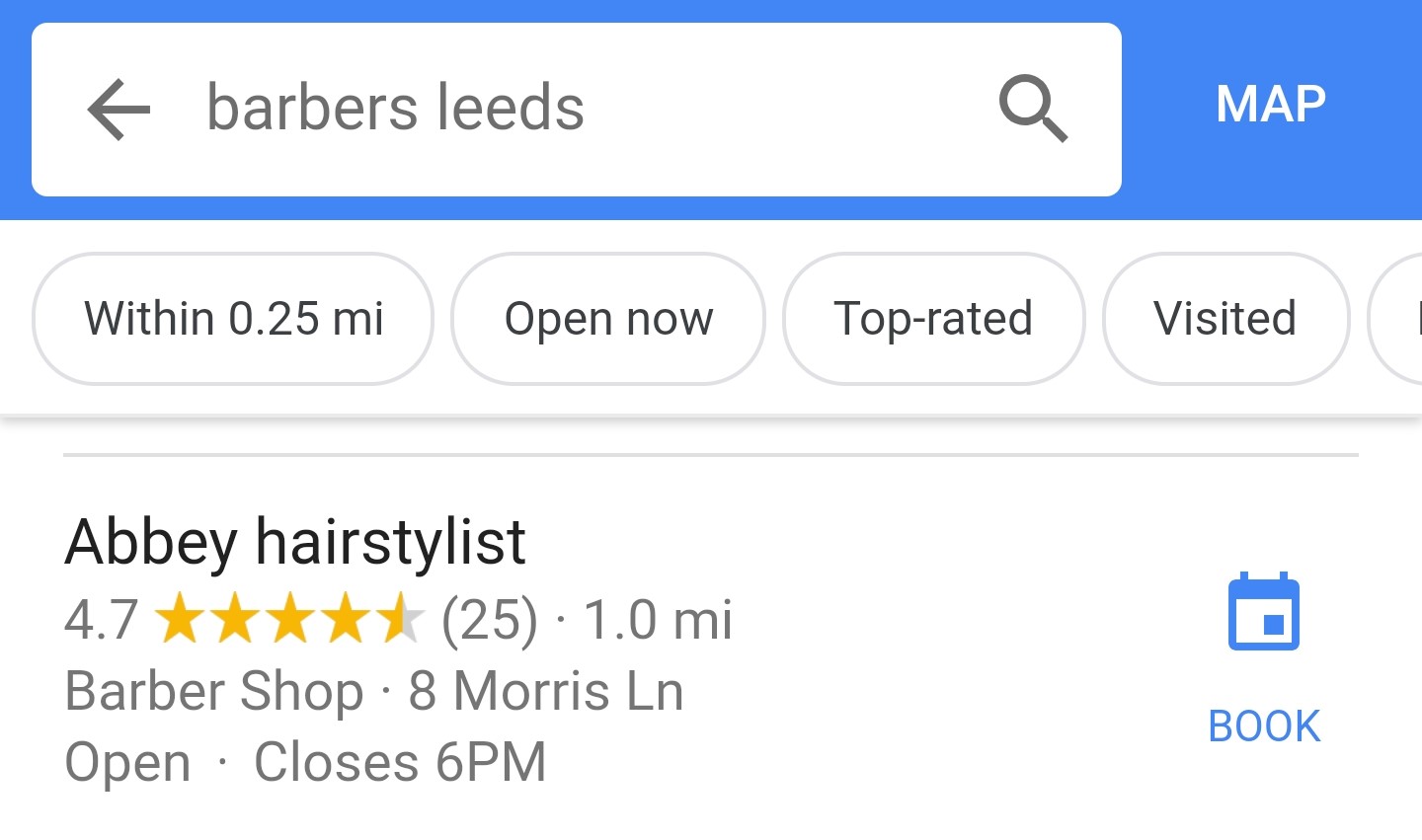
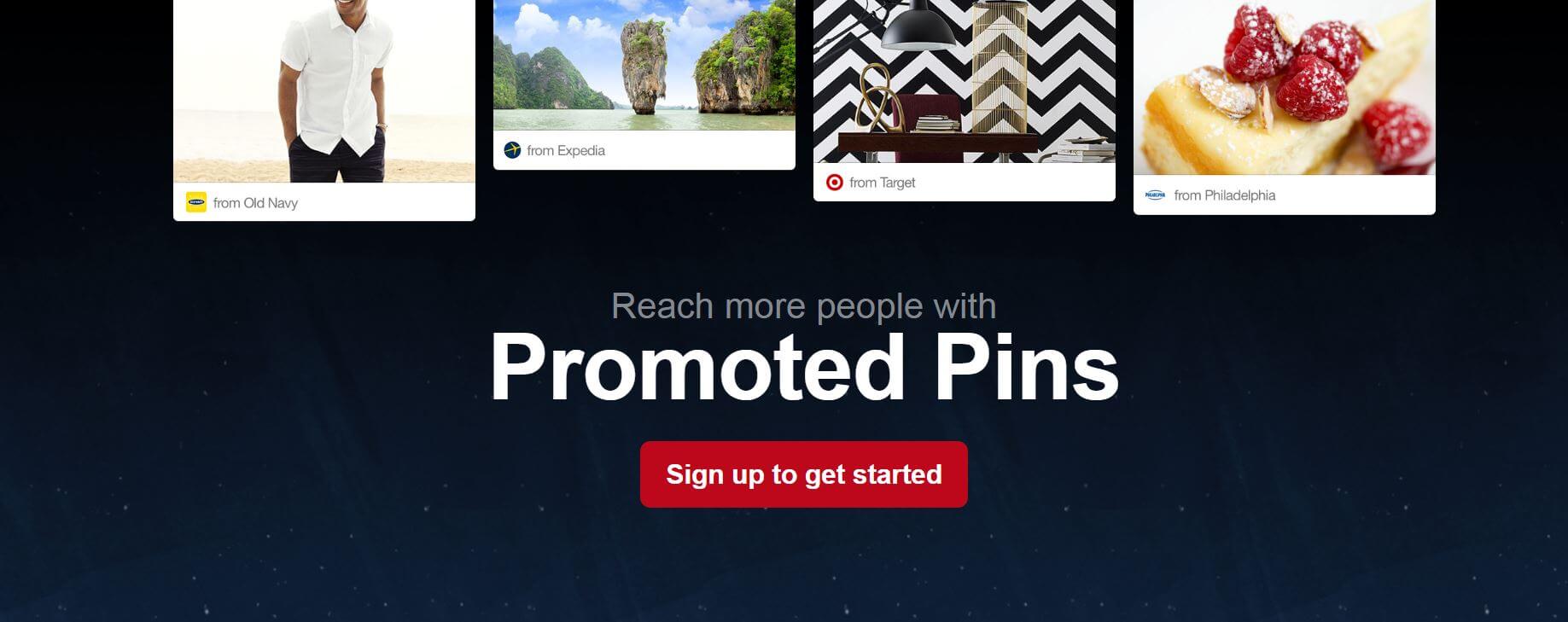
:no_upscale()/cdn.vox-cdn.com/uploads/chorus_asset/file/13287057/Tweet_UI_Update_Static01_Android.jpg.img.fullhd.medium.jpg)
:no_upscale()/cdn.vox-cdn.com/uploads/chorus_asset/file/13287059/Tweet_UI_Update_Static02_Android.jpg.img.fullhd.medium.jpg)














